Chapter 23
Nutrition and Metabolism
By Boundless

Animals use the organs of their digestive systems to extract important nutrients from food they consume, which can later be absorbed.

Carbohydrates, which break down to glucose, are a major source of energy for humans, but are not an essential nutrient.
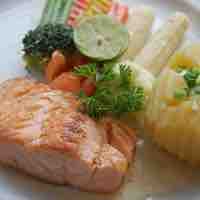
Fats store energy, facilitate absorption of fat-soluble vitamins, aid brain growth and development, and protect against many diseases.

Proteins are composed of 20 different amino acids, about half of which are essential, meaning they must be obtained from the diet.
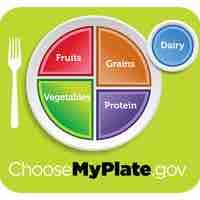
Essential nutrients are those that cannot be created by an animal's metabolism and need to be obtained from the diet.
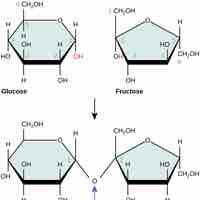
Carbohydrates are essential macromolecules that are classified into three subtypes: monosaccharides, disaccharides, and polysaccharides.

Carbohydrates are a major class of biological macromolecules that are an essential part of our diet and provide energy to the body.

Fats and oils, which may be saturated or unsaturated, can be unhealthy but also serve important functions for plants and animals.

Phospholipids are amphipathic molecules that make up the bilayer of the plasma membrane and keep the membrane fluid.
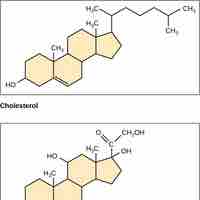
Steroids, like cholesterol, play roles in reproduction, absorption, metabolism regulation, and brain activity.

Proteins perform many essential physiological functions, including catalyzing biochemical reactions.
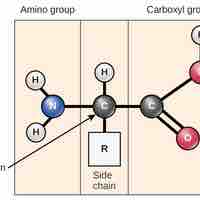
An amino acid contains an amino group, a carboxyl group, and an R group, and it combines with other amino acids to form polypeptide chains.

Each successive level of protein folding ultimately contributes to its shape and therefore its function.
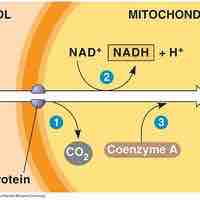
After glycolysis, pyruvate is converted into acetyl CoA in order to enter the citric acid cycle.
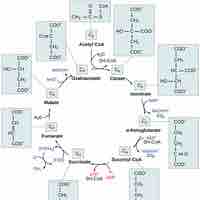
The citric acid cycle is a series of reactions that produces two carbon dioxide molecules, one GTP/ATP, and reduced forms of NADH and FADH2.

Glycolysis is the first step in the breakdown of glucose to extract energy for cellular metabolism.
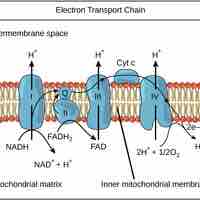
The electron transport chain uses the electrons from electron carriers to create a chemical gradient that can be used to power oxidative phosphorylation.
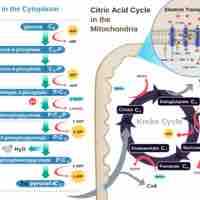
The amount of energy (as ATP) gained from glucose catabolism varies across species and depends on other related cellular processes.
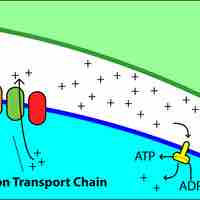
Catabolic pathways are controlled by enzymes, proteins, electron carriers, and pumps that ensure that the remaining reactions can proceed.
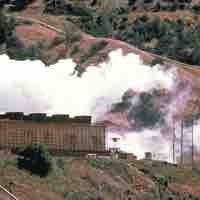
Cellular respiration is the process of transforming chemical energy into forms usable by the cell or organism.
Sugars, such as galactose, fructose, and glycogen, are catabolized into new products in order to enter the glycolytic pathway.
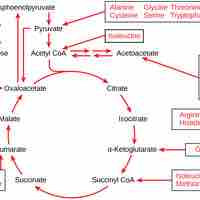
Excess amino acids are converted into molecules that can enter the pathways of glucose catabolism.
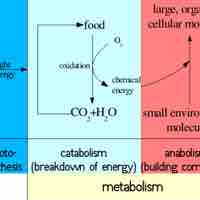
Catabolic reactions that break complex molecules provide the energy needed by anabolic reactions to produce complex molecules.
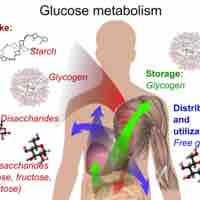
When the gastrointestinal tract is full, anabolism exceeds catabolism; this is the absorptive state.
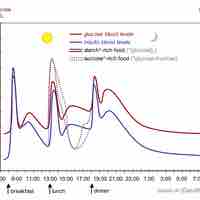
The post-absorptive state occurs around three to five hours after a meal has been completely digested and absorbed.
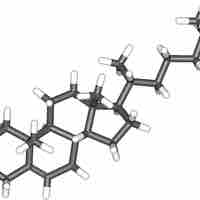
One quarter of body cholesterol is produced by the liver, and 50% of this is reabsorbed back into the circulation via the small intestine.
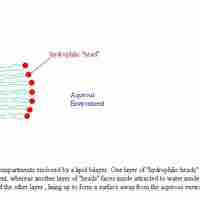
Cholesterol is transported through the blood by lipoproteins which direct cholesterol to where it is needed.
Homeostatic processes ensure a constant internal environment by various mechanisms working in combination to maintain set points.
Animals use different modes of thermoregulation processes to maintain homeostatic internal body temperatures.
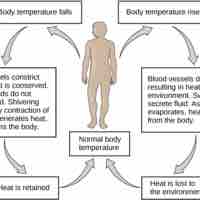
Animals have processes that allow for heat conservation and dissipation in order to maintain a homeostatic internal body temperature.
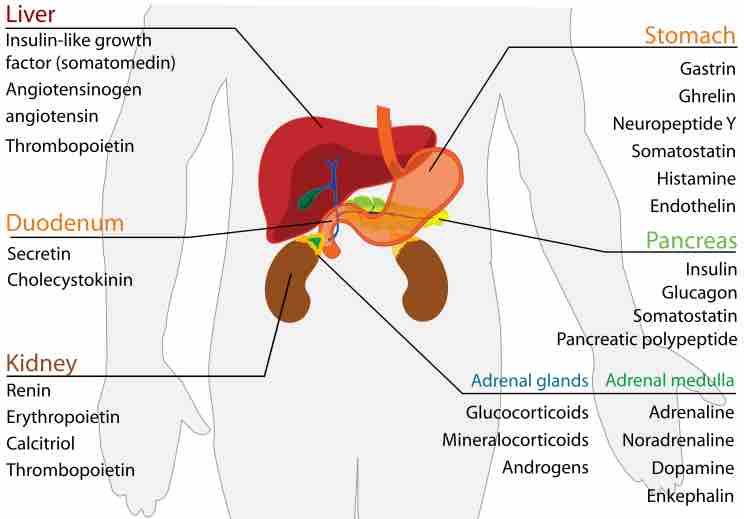
The endocrine system controls the release of hormones responsible for starting, stopping, slowing, and quickening digestive processes.
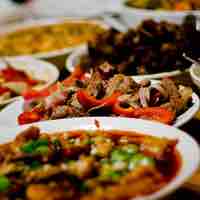
All three phases of digestive responses to food (the cephalic, gastric, and intestinal stages) are managed through enzymatic neural control.
Animals use energy for metabolism, obtaining that energy from the breakdown of food through the process of cellular respiration.